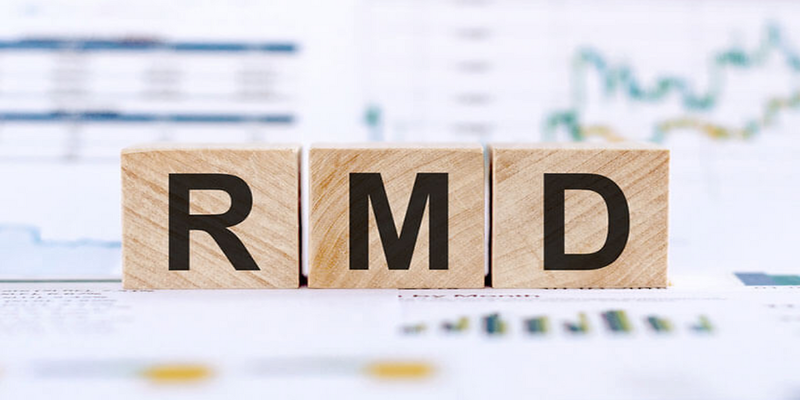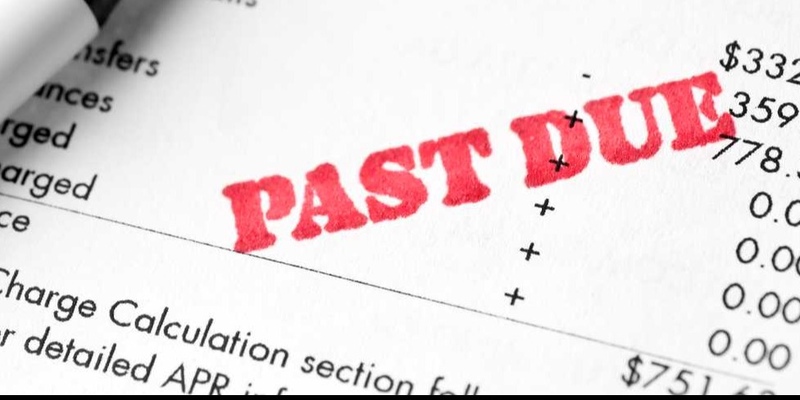How Does Pattern Day Trading Work?
May 18, 2025 By John Davis
"Pattern Day Trading" refers to a certain stock trading method. Same-day trading is a high-risk, high-reward trading method that involves buying and selling the same security on the same day. Investors use this sort of trading to profit quickly from the market's short-term volatility. According to the Securities and Exchange Commission (SEC), four or more day trades within five days constitute Pattern Day Trading. The SEC has implemented guidelines, such as minimum equity requirements and trading activity caps, to govern this kind of trading. The restrictions are meant to prevent investors from taking unnecessary risks and to keep the market functioning smoothly.
Pattern Day Trading, if done properly, may be quite lucrative, yet, it calls on self-control, expertise, and understanding. Investors that partake in Pattern Day Trading need the ability to assess the market and act accordingly quickly. Stocks, options, and futures are just some securities that lend themselves to this trading. Pattern Day Trading is an advanced trading method that should only be undertaken after extensive thought and research. Before engaging in this type of trading, it is crucial to familiarize oneself with potential dangers and formulate a thorough strategy to mitigate such risks.
How To Work Pattern Day Trading
Investors that engage in pattern day trading frequently buy and sell the same security on the same day. Short-term trading has the potential to yield big profits with proper execution, but it is also fraught with considerable danger. A PDT is a trader who makes more than three-day trades in a five-day time frame, as defined by the SEC.
Guidelines For Day Trading Patterns
The SEC has enacted laws for Pattern Day Trading to prevent fraudulent behavior and protect investors. The Securities and Exchange Commission (SEC) classifies an investor as a Pattern Day Trader if they engage in four or more Day Trades in five days. If you fall inside this category, the following regulations apply to you:
Minimum Required Equity

PDT is only available to those with a bare minimum of $25,000 in their accounts. You can only engage in day trading once you've got that much in your trading account, and it must always stay there.
Margin Account
Pattern Day Trading is only available to those with a margin account. Gains or losses can be magnified when using borrowed funds from a broker to buy shares on margin.
Day Trading Purchasing Power
Your broker will provide you with more money to trade with during the day if you fit the profile of a Pattern Day Trader. Your account equity and the securities you sell into a calculation determining your purchasing power.
Limitations For Pattern Day Trading
Limits are placed on the trading activities of those classified as Pattern Day Traders. If your account balance is less than $25,000, you are restricted to up to three-day trades per five trading days. If you violate this regulation, you risk having your account closed and being subject to additional penalties.
Pattern Day Trading Has These Risks
The short-term nature of pattern day trading makes them extremely risky. Some of the dangers of this form of trading include the following:
Volatility
Day trading entails frequent stock purchases and sales within a short time frame, creating significant price fluctuations. The value of an asset you own might rise or fall dramatically at any given moment on the stock market, exposing you to substantial financial risk if you are not cautious.
Leverage

Margin trading can magnify your gains or losses by borrowing money from your broker and using it to buy assets. But, if the market turns against you, you might suffer significant losses.
Emotional Trading
Day trading calls for self-control and a solid trading plan. Yet, many traders let their emotions get the best of them, resulting in bad trading decisions and heavy losses.
Conclusion
Purchasing and selling the same security on the same day constitutes Pattern Day Trading, a high-risk, high-reward trading strategy. The short-term nature of the trades means that while they can yield substantial rewards, they also carry significant dangers. The SEC has implemented guidelines, such as minimum equity requirements and trading activity caps, to govern this kind of trading. Before investing in Pattern Day Trading, investors must thoroughly understand the dangers involved and a solid trading technique.

Debt Restructuring vs. Debt Refinancing

What Does the S and P 500 Index Measure and How Is It Calculated?

How to Prevent Foreclosure and Keep Your Home Secure

Your Guide to Achieving and Maximizing an 800 Credit Score

Understanding the Tuition and Fees Tax Deduction

Why US Dollar Holds Global Currency Status: A Comprehensive Guide

Understanding Whole Life and Universal Life Insurance: Which Is Right for You?

Debt Forgiveness How Get Out Paying Your Student Loans

12 Best Books on Warren Buffett

Is My Credit Score Useful Outside the US?

All You Should Know About Debt Related Statute of Limitations
